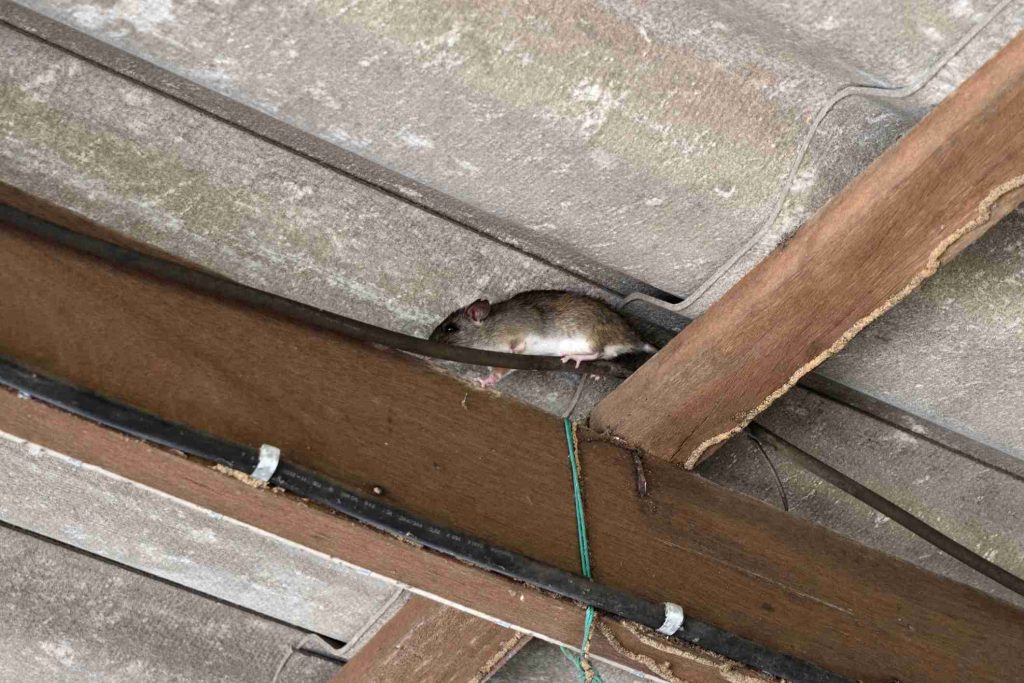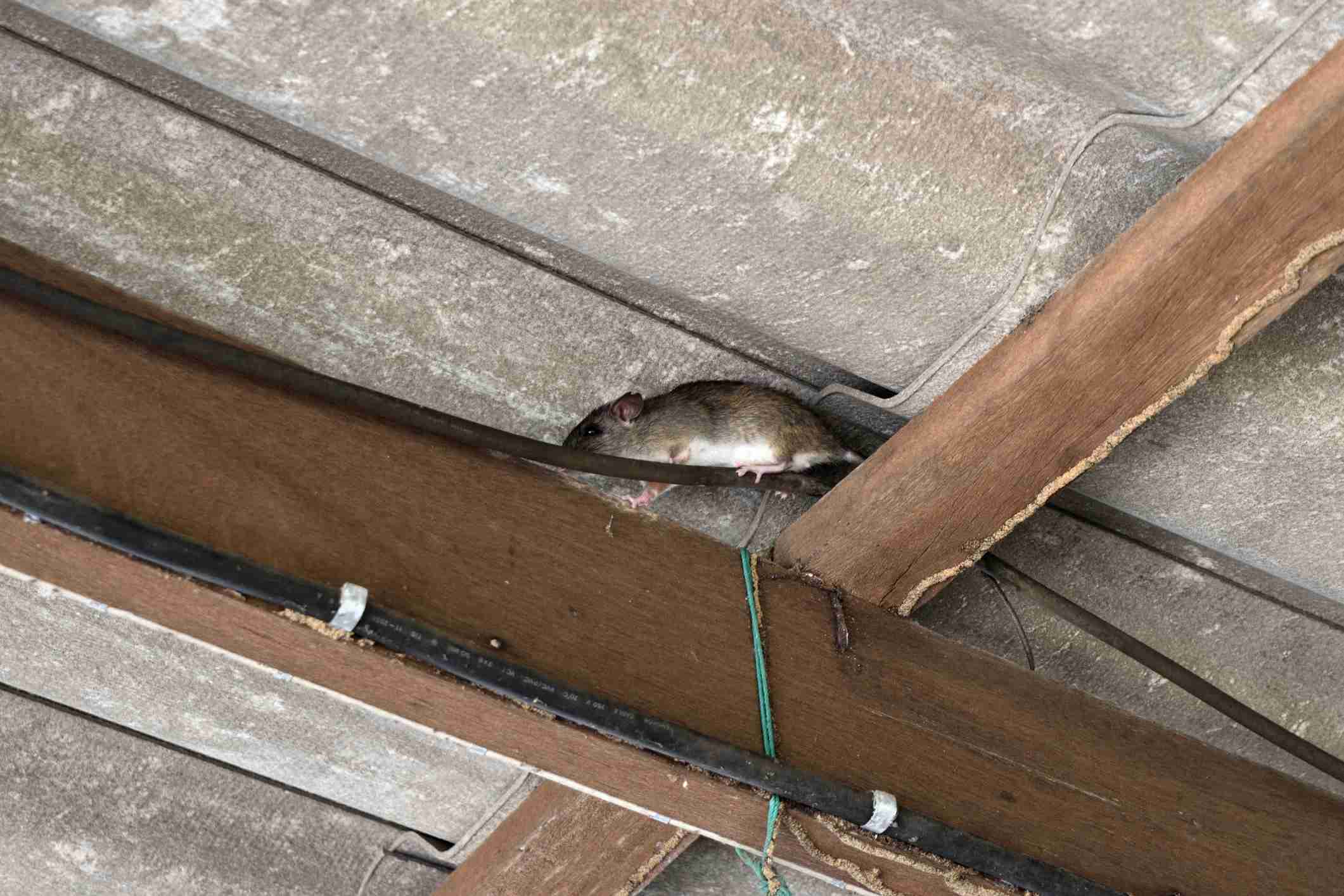The pitter-patter of tiny feet above your head can be unsettling, especially when you suspect that rats have invaded your ceiling space. Rats are resourceful creatures that can find their way into unexpected places, including your home’s ceiling. In this article, we’ll explore the methods rats use to access your ceiling, the potential risks they pose, and how to prevent their entry.

The Silent Invaders
Rats are known for their ability to enter homes silently. Understanding how they get into your ceiling is the first step in dealing with this pest problem.
Entry Points
- Roof Gaps and Vents:
- Rats can climb the exterior walls of your home and access the roof.
- Gaps, cracks, or openings in the roof, as well as vents and chimneys, are potential entry points.
- Tree Limbs and Foliage:
- Overhanging tree branches provide rats with a direct path to your roof.
- Rats are skilled climbers and can easily navigate from trees to your home.
- Damaged Eaves and Soffits:
- Rats can gnaw through or exploit damaged eaves and soffits, gaining entry to your attic and ceiling spaces.
- Attic Access Points:
- If your home has an attic, rats may enter through gaps, openings, or vents in the attic space and eventually make their way into the ceiling.
Potential Risks
Once rats find their way into your ceiling, they can pose various risks:
- Health Hazards:
- Rats can carry diseases that may be transmitted to humans through contact with their droppings, urine, or bites.
- Allergens from rat dander and feces can also trigger respiratory issues.
- Property Damage:
- Rats are notorious chewers and can damage insulation, wiring, and structural components within your ceiling.
- Noise and Disruption:
- The sounds of rats scurrying and gnawing within your ceiling can be disruptive and affect your peace of mind.
Detecting Rat Activity
Identifying rat activity in your ceiling is essential. Look out for the following signs:
- Sounds:
- Listen for scratching, scurrying, or gnawing noises coming from above.
- These sounds are often most noticeable at night when rats are active.
- Droppings:
- Rats leave behind small, dark droppings in areas they frequent.
- Check for droppings in your attic, crawl spaces, and near potential entry points.
- Gnaw Marks:
- Look for signs of chewing on wires, insulation, or wooden structures within your ceiling.
Preventing Rat Entry
Preventing rats from getting into your ceiling is essential to avoid potential issues. Here are some preventive measures:
- Seal Entry Points:
- Regularly inspect your home’s exterior for gaps, cracks, and openings. Seal them with appropriate materials to prevent rat entry.
- Trim Tree Branches:
- Trim tree branches that hang over your roof to eliminate direct access to your home.
- Secure Vents and Chimneys:
- Install screens or covers on roof vents and chimneys to prevent rat entry.
- Maintain Your Home:
- Regularly inspect and maintain eaves, soffits, and roof components to ensure there are no openings for rats to exploit.
- Remove Attractants:
- Keep food sources and trash secured in rat-proof containers to deter rats from approaching your home.
Read too: Why Is My Ceiling And Walls Cracking
Professional Help
If you suspect or confirm rat activity in your ceiling, it’s advisable to seek professional pest control assistance. Pest control experts can safely and effectively remove rats from your ceiling space and implement preventive measures to keep them from returning.
Conclusion
Rats getting into your ceiling is a problem that should not be underestimated. Understanding how they gain access and the potential risks they pose is crucial for addressing the issue promptly. By taking preventive measures and seeking professional assistance when needed, you can keep your home rat-free and protect your health and property.
